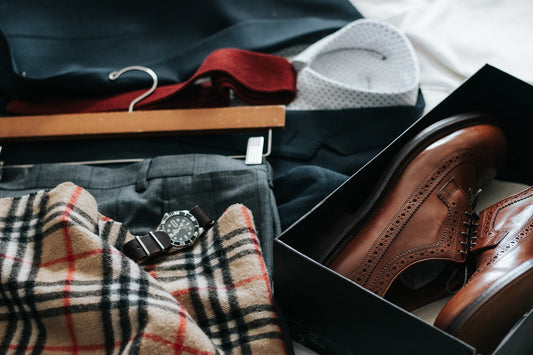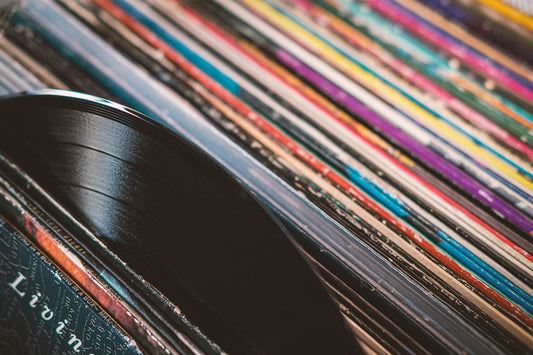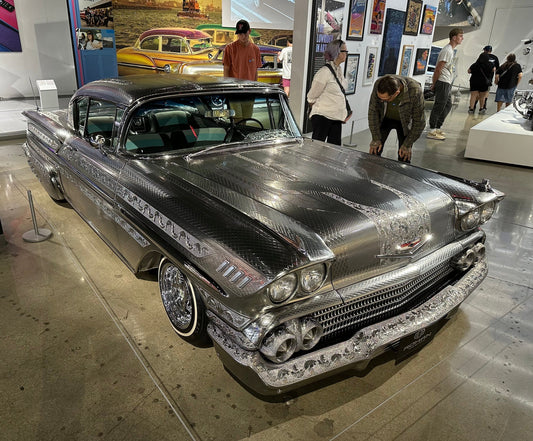Working on polishing our recording skills at Octave Records has often brought new insights into our passion we call HiFi.
We know that capturing live acoustic music happens through a microphone. And we know that how that capture sounds has much to do with the quality of that microphone, the room it's recording in, and where it is placed.
Like loudspeakers, inches of microphone placement matter. Imagine recording an acoustic guitar. The closer the microphone is to the guitar the more details of string plucks will be captured but so too will the tonal balance change due to Proximity Effect, as well as the apparent size of the instrument when played back.
It is a balancing act.
But it's not just microphones. We adjust microphones by using our ears. That Proximity Effect? On one pair of monitor speakers—say a pair that's somewhat thin sounding—we might want that fuller bass boom to compensate for the speaker's tonal balance.
When that's played back on a different pair of speakers, now it sounds too boomy.
Or image size. How many studio monitors are setup to sound like a great HiFi system with a proper soundstage an audiophile might approve of?
Which is one of the reasons that we at Octave Studios rely upon the remarkably flat frequency response of our FR20 loudspeakers in the tracking room, and the same for the FR30s in the mix room—both setup as you would find in a home listening environment.
Juggling microphone types and their placement, in an effort to craft naturally beautiful captures of instruments and voices, is hard enough.
To then have to battle a tonally inaccurate monitor too just makes the work (and the results) that much worse.










